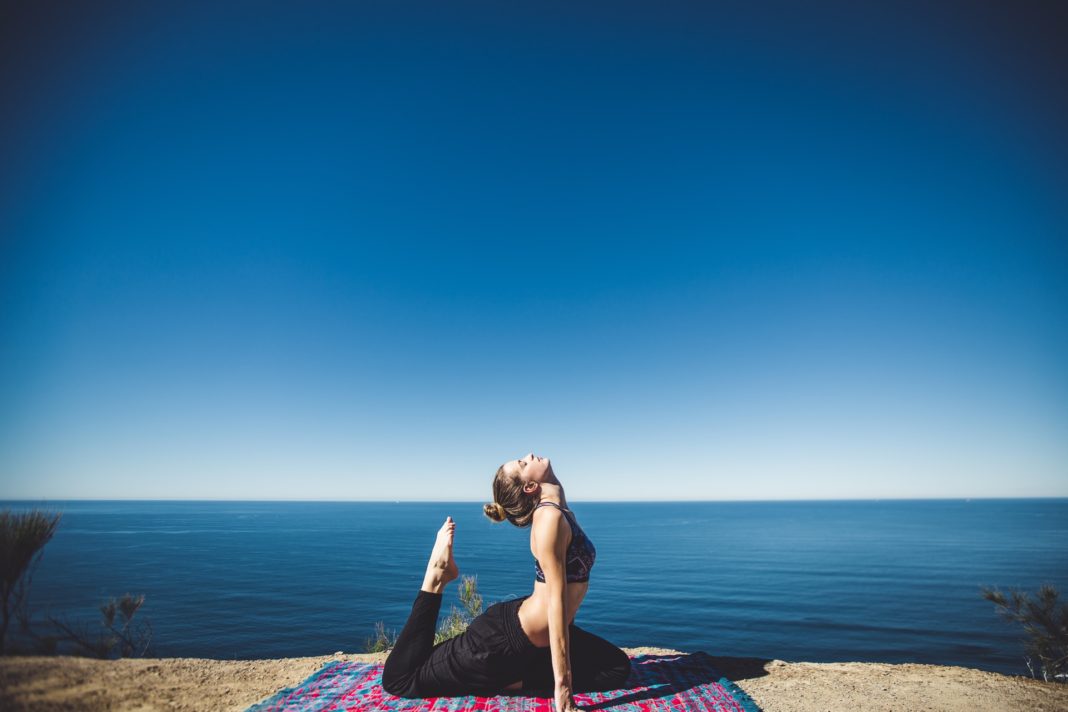Mindfulness meditation encourages you to observe wandering thoughts as they drift through the mind. The intention is not to get involved with the thoughts or to judge them, but simply to be aware of each mental note as it arises. In other words, it is the practice of purposely focusing your attention on the present moment—and accepting it without judgment. Moreover, mindfulness is now being examined scientifically and has been found to be a key element in happiness.
So, how do we actually practice mindfulness meditation?
Read on and you will find out:
1) Wear comfortable clothes:
It can be difficult if you feel physically uncomfortable due to tight or restrictive clothing. Try to wear loose clothing during meditation practice and make sure to remove your shoes.
2) Find your meditation spot:
This should be a private spot, free from external disturbances. You should feel safe, at peace and comfortable in it. This could be your study area or a nearby garden. After you pick the spot, clean the space around it if it’s messy.


3) Sit in a comfortable posture:
Find a position that’s most comfortable for you. Whatever posture you choose, sit upright to facilitate the flow of energy. The most common posture is the cross-legged posture on the bed or the ground. You don’t have to specifically sit in a special way just to meditate. Sitting on your chair is fine too.
4) Clear your mind:
Clear your mind. Loosen yourself up. Take a few deep, slow breaths and notice your body.
5) Simply sit and observe:
Just sit back and observe your thoughts. Let them float by. What are you thinking? What are you feeling? You let your mind continue to think, but you don’t engage. You take the role of a passive observer and watch them from the back of your head.
Say for example, if you have a sudden thought that says “I need to order groceries tomorrow,” observing it means knowing that particular thought is there. If you proceed to react from the thought, such as feeling annoyed that you have to order groceries, or thinking about what groceries you need, you are engaging with the thought. Don’t do that. Your desired state in meditation is to observe these thoughts, not engage with them.
At any point in time, when your focus breaks, take deep breaths and go back to observing your thoughts.
6) Ending your meditation:
When you are done with your meditation, slowly ease into the physical state. Start off by being present in the physical reality around you. Next, be aware of your physical body. Then, very slowly, open your eyes and look at the things around you. Instead of resuming your physical activities immediately, notice how your body feels right now. Notice your thoughts and emotions.
Meditate for as long as you want, till you feel refreshed and good to go starting with a minimum of 20 minutes. Try to do it every day and at the same times. Mindfulness meditation practice is simple and completely feasible. It doesn’t matter if it was a good session or a bad one. Practice is the key here, because you are working with the mind that experiences life directly, just by sitting and doing nothing, you are doing a tremendous amount.
Does this seem to be too complicated? You can start off with these 5 easy steps.

































The best way to learn mindfulness is to take a structured mindfulness
training course with an experienced mindfulness teacher.
Understand that learning how to practice mindfulness can take time.
Some beginners take a couple of months of regular practice for them
to start learning the best ways to become more mindful.